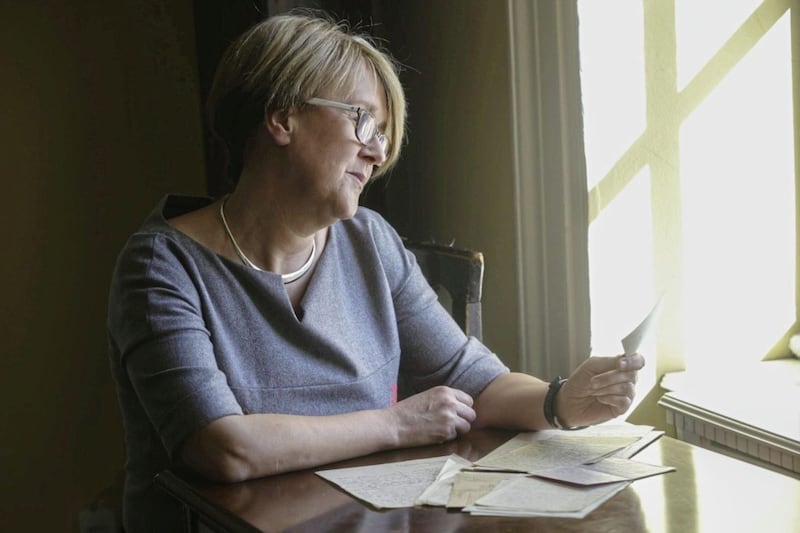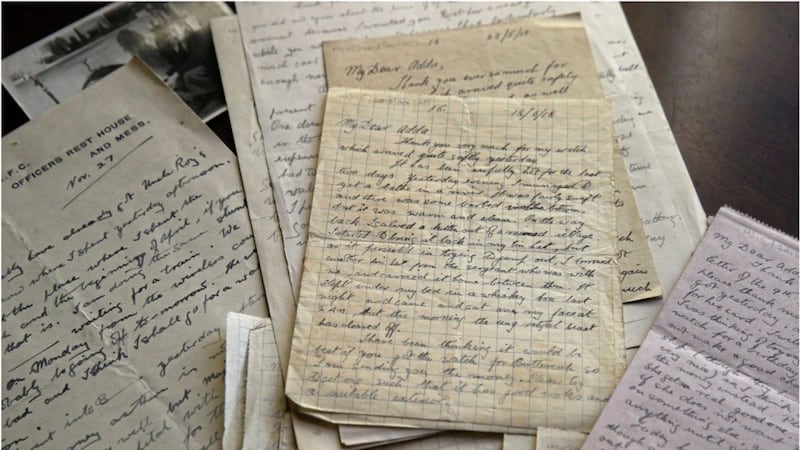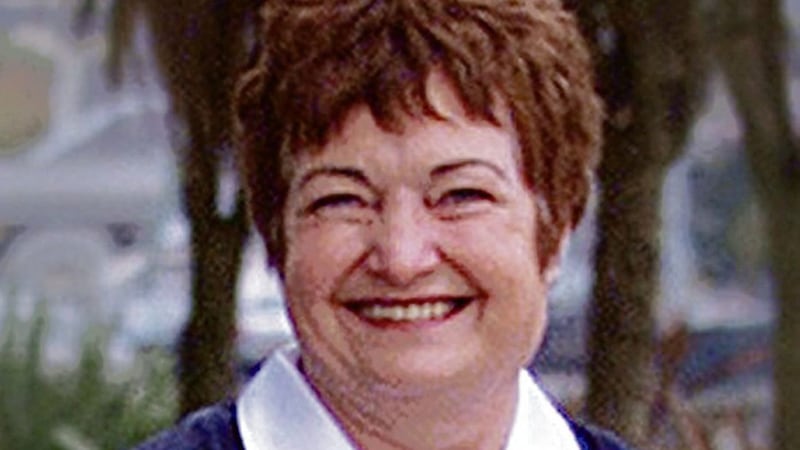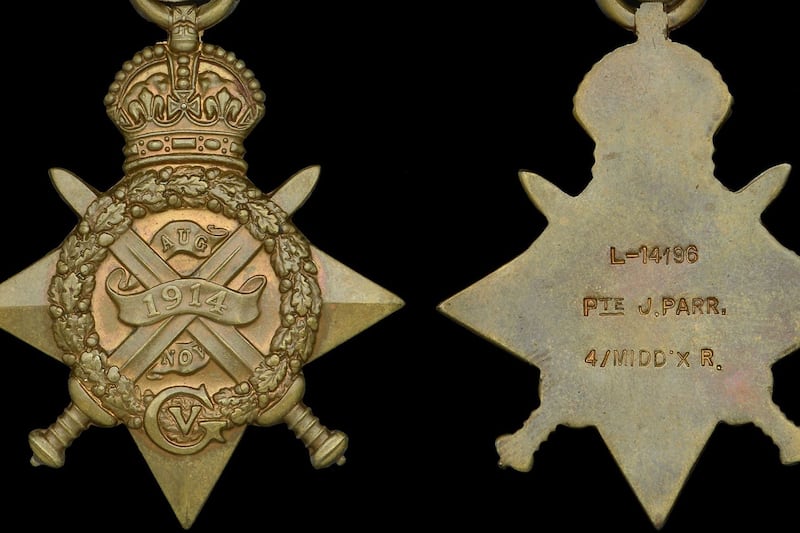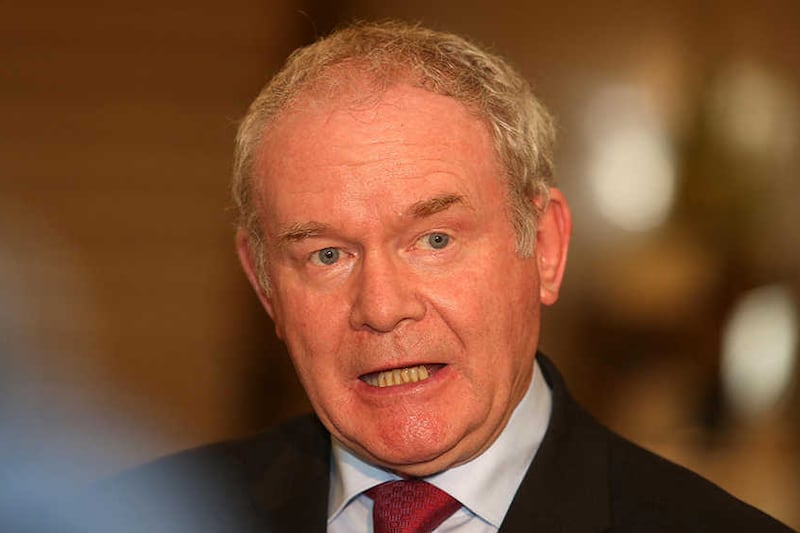A cache of letters telling the story of the Great War through the eyes of an Irish officer have been found in the attic of an historic building in Belfast.
More than 180 letters written by Patrick Dixon, a Dublin medical student, who went off to fight in the First World War just after the 1916 Easter Rising, were found in a suitcase in the attic of the Belfast Charitable Society/Clifton House in the north of the city.
Described as being in excellent condition, the letters tell the story of the Lieutenant in the Royal Garrison Artillery, who carried on an almost daily correspondence with his upper-class Dublin-based parents, detailing his experiences on the western Front.
In the letters, Lieutenant Dixon covers a host of topics including his delight at receiving regular food parcels from home, the impact of the `Spanish Flu' pandemic in Ireland, excitement at the signing of the Armistice of November 1918, and the long wait for demobilisation.
Read More:
Irish soldiers in the British army remembered
In a letter to his mother in May 1918, referring to the nationalist campaign against compulsory military service, Lieutenant Dixon declared: "I was very sorry to hear the the Catholics had been so successful in resisting conscription. It looks as though it may be defeated altogether".
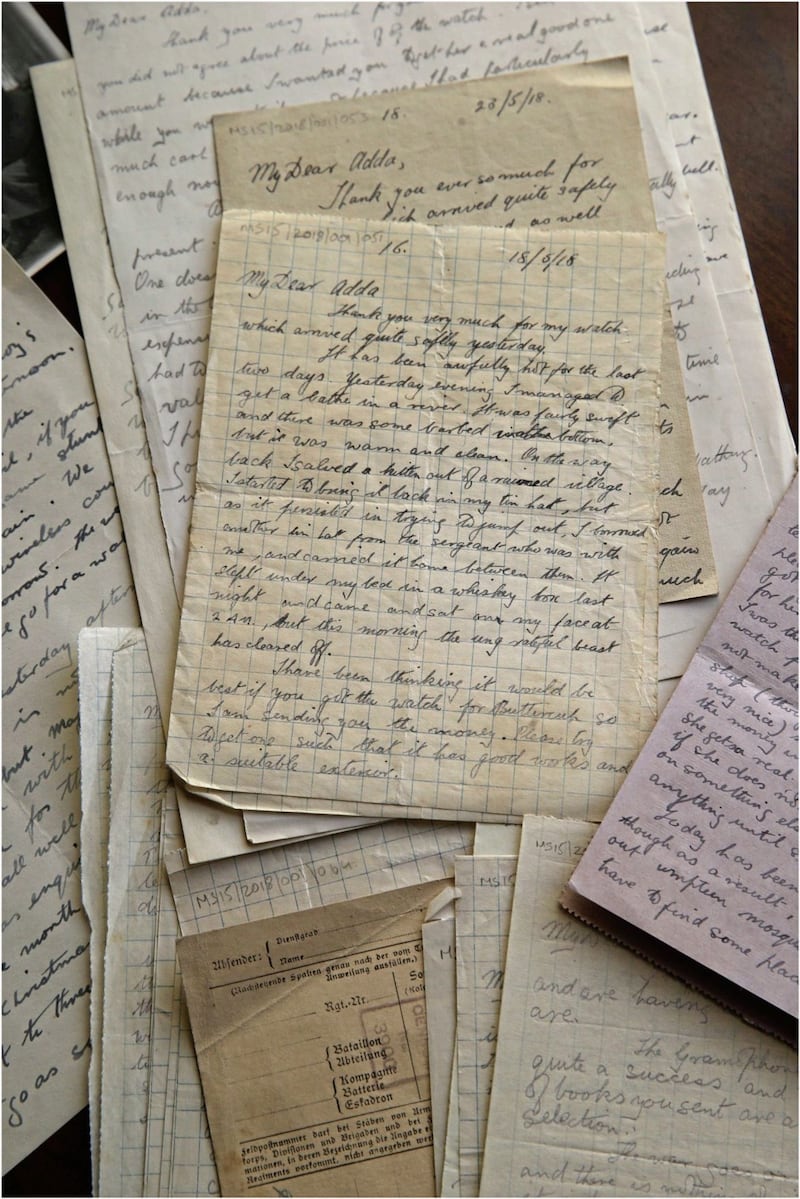
In another letter, dated September 5, 1918, Dixon refers to acquiring war booty, revealing: "'We are fairly busy at present but (it) is quite an interesting war. I got a most beautiful pair of Goertz glasses yesterday (for nothing), also a very nice automatic..."
Writing to his father on October 10, 1918, Dixon comments on the loss of 600 lives on the Leinster at the hands of the Germans.
"The sinking of the Mail Boat is a terrible disaster but it will make everybody more anxious to carry on the war until the Bosche is beaten and he is not anything like beaten yet".
He also comments in a letter about the full-scale German retreat by the last months of the war
"The war continues more or less as usual. We are now in villages where there are civilians who have been living under Bosche rule since 1914. It seems very curious to see civilians again...".
In other letters, Dixon thanks his parents for sending parcels containing items such as homemade blackberry jam as well as apple, gloves, tobacco and cake.
Another letter also details an extraordinary meeting with his father, a professor of Anatomy at Trinity College, Dublin on the front line in September 1918.
Dixon describes receiving "a most mysterious message" from a high-ranking officer, borrowing a despatch-rider's bike and finally spotting his father, escorted by two generals and other officers.
In addition to the letters, the newly-discovered collection also includes emergency issue Francs, a German disabled war veteran fund ticket, a soldiers pantomime programme, and original photographs of the Western Front taken by Patrick on his own camera.
It is thought Patrick Dixon's sister, Margaret married a Mr Wynne from Dunmurry in Belfast. It is believed he was involved with the Belfast Charitable Society and the material may have been stored in the society's attic for safekeeping.
Following the discovery of the letters, Clifton House has appealed for help with tracing any members of the Dixon or Wynne families who may be able to shed light on letters.
Historian Eamon Phoenix described the collection of letters as "very unique" as they provide an "unusual take" on the war.
"It sheds light in particular on the last months of the war," he said.
"He's not only commenting on the war and his experience of war but on political events back home. He has a great flow of intelligence from Ireland. He knows about conscription, the Spanish flu, this guy is not totally isolated in a pre-computer, pre-phone age. It's quite amazing".
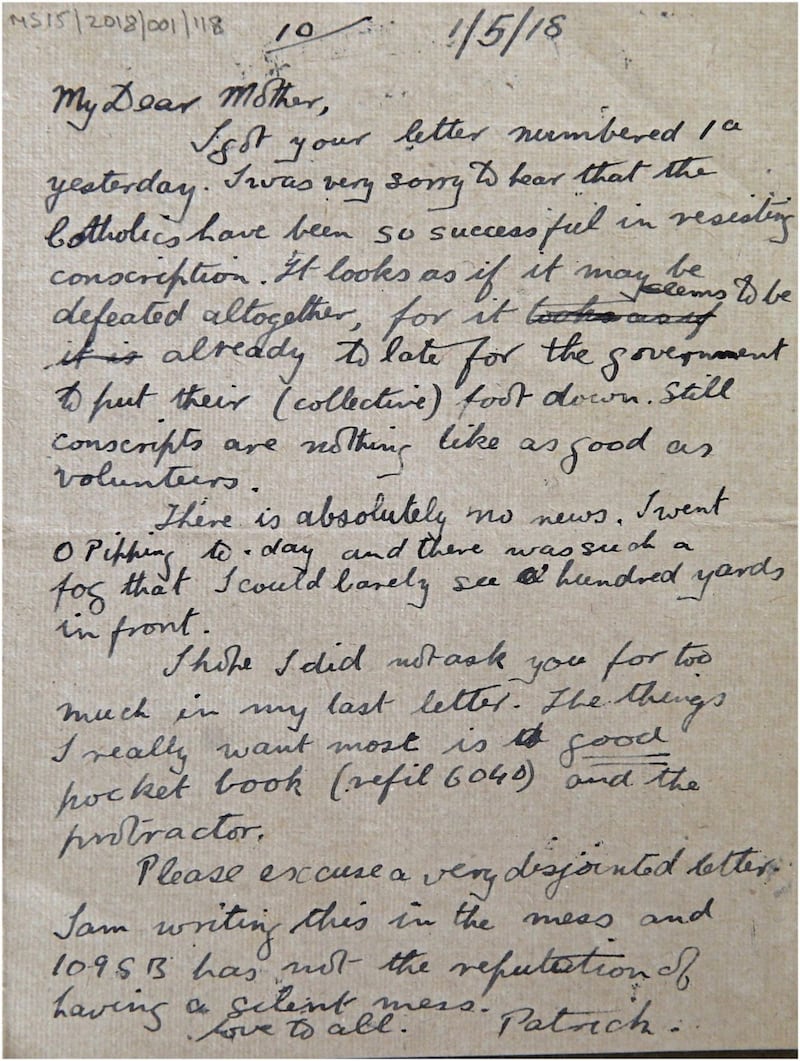
Dr Phoenix said the letters provide an insight into the Great War "that we haven't seen before" as Dixon reveals in his letters that he is " swimming every day" and even enjoying "a lovely walk along the shore".
"This would not be typical of what's happening here at all," he said.
"It is a very middle class take on World War 1".
Dr Phoenix said the letters would be put on public display at Clifton House during a series of upcoming historical lectures, which begin this evening.
The series includes an Armistice Day 1918 Symposium on November 15 to mark the ending of the Great War, which will explore the Irish contribution to the war and its impact on the island, which will be delivered by Dr Phoenix and playwright and historian, Philip Orr.
Further details are available from Clifton House on 028 9099 7022.
